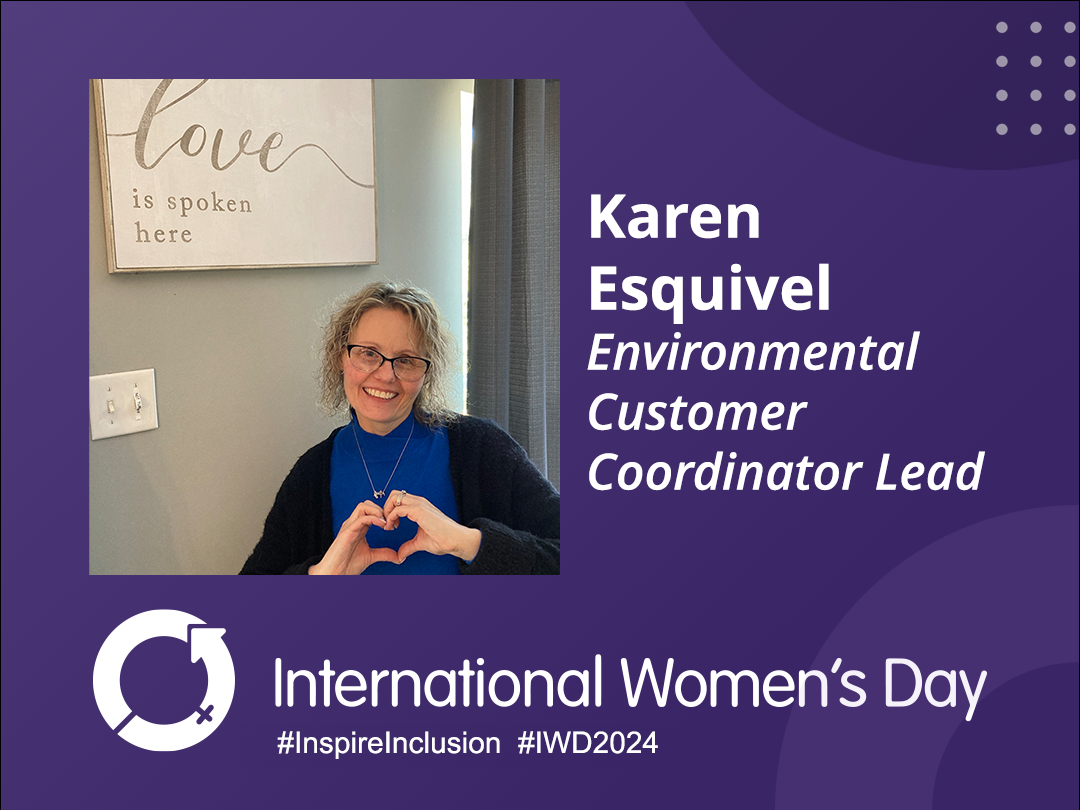We’ve done several posts in the past about land disposal units (LDUs); covering landfills, waste piles, and surface impoundments in detail. While landfills, waste piles, and surface impoundments, and land treatment units all serve as the “grave” portion of the cradle-to-grave system set forth by the EPA, landfills, waste piles, and surface impoundments all share several regulatory requirements whereas land treatment units are very different in both purpose and management.
What makes LTUs different?
According to the EPA, “land treatment involves the application of waste on the soil surface or the incorporation of waste into the upper layers of the soil in order to degrade, transform, or immobilize hazardous constituents present in hazardous waste.” This differs greatly from landfills, waste piles, and surface impoundments because the primary goal of the aforementioned is to stop waste from migrating to the surface soil.
In an LTU, the waste is treated “within the matrix of the surface soil.” That said, the EPA mandates that any waste in an LTU be placed in the unsaturated zone of the soil. This is the land that lies above the water table (the highest point of groundwater flow). The success of an LTU is dependent upon the operational management of the unit because of this proximity to the groundwater.
Why use an LTU?
The goal of a land treatment unit is to allow the soil microbes and natural sunlight to degrade the hazardous waste. Because of this, the design and operation standards are very different than those that landfills, waste piles, and surface impoundments face. For example, “land treatment units generally do not use impermeable liners to contain wastes. Instead, units rely on the physical, chemical, and biological processes occurring in the topsoil layers. In a sense, these units can be viewed as an open system.”
In LTUs maintaining proper soil PH, carefully managing the rate of waste application, and controlling the surface water runoff are imperative to the unit running smoothly. “Because placement of hazardous waste in a land treatment unit is considered land disposal, land disposal restrictions (LDR) standards must be considered. If the hazardous waste does not meet the applicable treatment standard prior to placement in the land treatment unit, the unit owner or operator must obtain a no-migration variance before applying any hazardous waste to the unit.”
Keep checking our blog for more posts on land treatment units including design and operating procedures, inspection and response, and closure practices.
Quoted and EPA cited information (unless otherwise noted) for this blog post was gathered from the EPA document, “Introduction to Land Disposal Units.” As always, this blog post is not intended to be comprehensive and it is always best to check with the EPA and local government for full, up-to-date, rules and regulations.
More News From Heritage
-
3/12/24
Equal Pay Day – Spotlighting Our Female Drivers
-
3/8/24
International Women’s Week Spotlight – Shannon Dippel
For International Women's Week, we're spotlighting some of the incredible women in the Heritage family. Our final spotlight is Shannon Dippel.
-
3/8/24
International Women’s Week Spotlight – Susan Adams
For International Women's Week, we're spotlighting some of the incredible women in the Heritage family. Our sixth spotlight is Susan Adams.
-
3/7/24
International Women’s Week Spotlight – Lea Wilson
For International Women's Week, we're spotlighting some of the incredible women in the Heritage family. Our fifth spotlight is Lea Wilson
-
3/7/24
International Women’s Week Spotlight – Melissa Fisk
For International Women's Week, we're spotlighting some of the incredible women in the Heritage family. Our fourth spotlight is Melissa Fisk.
-
3/6/24
International Women’s Week Spotlight – Taylor Harvey
For International Women's Week, we're spotlighting some of the incredible women in the Heritage family. Our third spotlight is Taylor Harvey
-
3/5/24
International Women’s Week Spotlight – Karen Esquivel
For International Women's Week, we're spotlighting some of the incredible women in the Heritage family. Our second spotlight is Karen Esquivel.
-
3/5/24
Heritage Environmental Services Announces HP Nanda as CEO; CEO Jeff Laborsky Transitions to Board of Directors
Heritage Environmental Services (“HES”) announced today that HP Nanda will join the organization as CEO.








